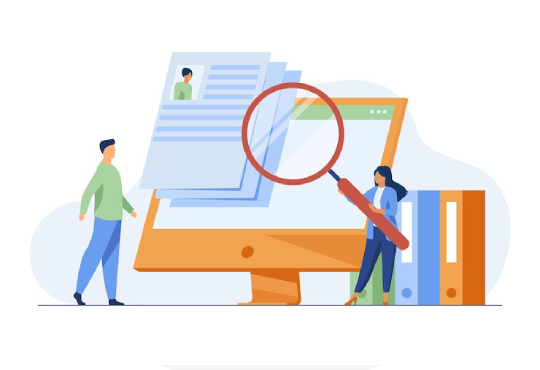
Global statistics imply that around 2 million people die due to work-related causes in a year. This indicates the need for improved workplaces that assure the safety and health of employees. Irrespective of any workplace, the common thing is Workplace Hazards. Recognising such hazards and mitigating their impacts is the foremost step to protecting the employees and building safer work environments.
This blog covers the essential steps to identifying and controlling workplace hazards.
1. Collect and review existing information about hazards in the workplace

The primary step in recognising hazards in the workplace is to gather information about existing workplace hazards. You can review the records for previously noted incidents and hazards.
2. Inspect the workplace for hazards

Since workplaces are dynamic, hazards can arise at any time. Hence, it is important to look around your workplace and collect information about potential health risks. Invest sufficient time to inspect the workplace and visually evaluate work procedures, types of equipment and any practices that could harm workers.
3. Assess the risks

After you have spotted the risks and hazards in the workplace, you should assess them. Evaluating workplace risks means understanding how likely the hazards can harm the workers and their level of consequences in the workplace.
The risk assessment process typically involves three crucial steps:
4. Perform incident investigations

Right from near-misses to injuries and incidents, you should analyze all the incidents that have already happened and are potentially possible to occur in the workplace. The core goal of conducting an incident investigation is to find the underlying causes of the injuries and incidents. Detailed investigations will pinpoint the exact root causes of incidents and thus help in preventing future occurrences.
5. Control risks and hazards

Now you have identified all possible hazards and evaluated them. Now is the time to implement relevant measures to mitigate the risks. Executing appropriate safety measures minimizes the hazards and risks leading to harm.
There are wide ranges of control measures that include:
6. Record your findings and regularly review

Effectively communicating and documenting the risk assessment process is extremely important. This documentation serves as evidence that risk assessment is performed and ensures accountability within the organization. It is essential to regularly review the risk assessments and validate the effectiveness of measures over a period of time. Measuring the efficacy regularly helps in understanding and working on any gaps, if there are any.
Closing thoughts
As we conclude the topic, we hope that you have found some valuable information on the ways to identify and reduce the hazards in the workplace. When you have a better understanding of identifying, assessing and controlling risks and hazards in the workplace, you can confidently foster a safer workplace.
Follow the given steps in the blog, ensure the safety of workers and also enhance productivity and operational efficiency of the organization.


